- Automotive Components Manufacturers Association
- ACMA
- Shradha Suri Marwah
- Subros
- United States
- Liberation Day
- Donald Trump
Donald Trump’s Liberation Day Tariffs Does Not Cover Autos & Auto Parts Says ACMA
- By MT Bureau
- April 03, 2025
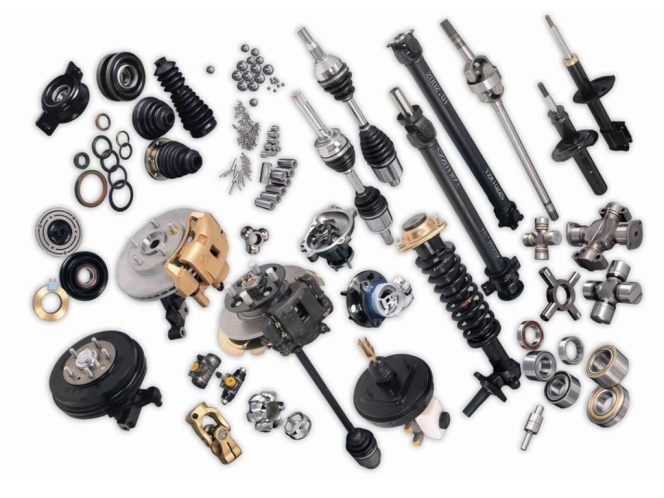
The United States President, Donald Trump, announced a new set of tariffs as part of its ‘Liberation Day’ initiative on 2 April 2025. This new rate of tariffs is part of Trump’s administration to boost national production and what he claimed is to resolve ‘trade imbalances.’
A statement issued by ACMA India mentioned that as per an order by Trump on 26 March 2025, Section 232 charges 25 percent tariffs, but there is no mention of ‘Autos & auto parts and steel & aluminium articles.’
The industry body stated that the detailed list of auto components that will be subject to 25 percent import tariff in the United States was awaited.
Rajesh Menon, Director General, SIAM, said, “Commenting on the recent announcement by US Govt on Reciprocal Tariffs, it is to be noted that autos are not covered in this order since they are already subject to Section 232 tariffs at 25 percent, announced earlier in President Trump’s order on March 26, 2025. We don't expect any significant impact on the Indian automobile industry since there are limited exports to US, but we will continue to monitor the situation."
Shradha Suri Marwah, President, ACMA and CMD, Subros, said, “ACMA remains hopeful that the ongoing bilateral negotiations between the Indian and U.S. governments will lead to a balanced resolution that benefits both economies. We believe that the strong trade relationship between India and the United States, especially in the auto components sector, will encourage continued dialogue to mitigate the impacts of these measures. ACMA is committed to engaging with all stakeholders to ensure the long-term interests of the Indian auto component industry.”
A statement from the White House mentioned that President Trump was working to level the playing field for American businesses and workers by confronting the unfair tariff disparities and non-tariff barriers imposed by other countries.
‘For generations, countries have taken advantage of the United States, tariffing us at higher rates. For example: The United States imposes a 2.5 percent tariff on passenger vehicle imports (with internal combustion engines), while the European Union (10 percent) and India (70 percent) impose much higher duties on the same product.’
For FY2024, India exported USD 6.79 billion worth of auto components, which translates to 27 percent of the total exports from India. On the other hand, India’s automotive component imports from the United States was valued at USD 1.63 billion or 7 percent of the total imports.
Saurabh Agarwal, Partner & Automotive Tax Leader at EY India, stated, “With US automotive tariffs rising, India's electric vehicle sector has a prime opportunity to capture a larger share of the US market, especially in the budget car segment. China's 2023 auto and component exports to the US stood at USD 17.99 billion, while India's were only USD 2.1 billion in 2024, highlighting the potential for growth. To accelerate this, the government should enhance the PLI scheme by including more auto components, opening it to new players, and extending it by two years."
Arun Agarwal, VP – Fundamental Research – Automobiles, Kotak Securities, said, “US has imposed 25 percent tariffs on imported cars, light trucks and select auto parts sourced from outside of North America. Further, almost 150 auto parts will face tariffs at similar rate. This move could result into increase in car prices in the US and cost pressure for component suppliers. In the event of car prices going up, the US car market may witness a steep volume decline and that can impact revenue for component players supplying parts to the US car/light truck industry. Further, margins of suppliers may come under pressure as they may need to partly absorb cost pressures. We believe there will be some impact, which the suppliers will have to bear, leading to negative implications on margins. Having said that, it needs to be seen on how higher tariffs are absorbed across the supply chain that includes customers, OEMs and suppliers. The extent of impact for Indian players will also depend on the US-India bilateral agreement over the next few months.”
Marelli Unveils Intelligent Energy Management System For Hybrid And EVs At CTI Symposium
- By MT Bureau
- December 03, 2025
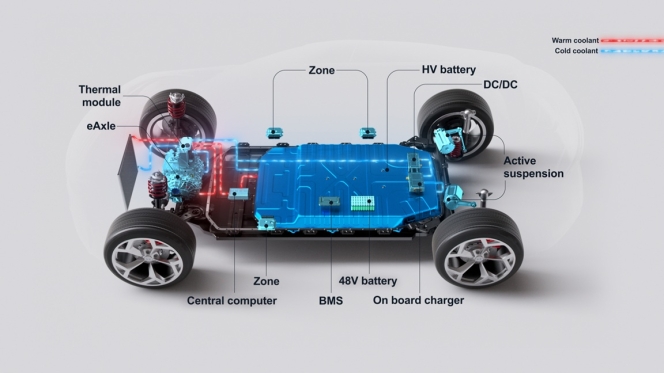
Marelli, a global mobility technology supplier, unveiled its new solution for Intelligent Energy Management for hybrid and electric vehicles at CTI Europe 2025 in Berlin, Germany.
The modular system is based on proprietary software that can be integrated with vehicle and zonal control units and thermal components. This holistic approach coordinates seamlessly across the vehicle’s three main energy domains: thermal, propulsion and electronics. This maximises efficiency across all vehicle systems, delivering enhanced battery range, optimised fast charging and improved longevity, all while maintaining cabin comfort and operational reliability.
Marelli's new Intelligent Energy Management system is aimed at advancing both hybrid and electric propulsion solutions, as well as Software-Defined Vehicle (SDV) technologies.
The system was developed by integrating advanced digital twin methodologies and software strategies. This approach significantly reduces development time and costs while enabling collaboration with customers.
Thermal Domain: The system manages and optimises thermal flows, ensuring precise control of heating and cooling processes within the vehicle. Algorithms intelligently manage complex thermal systems, regulating temperatures to optimise overall performance and extend battery life. These strategies reduce energy losses and promote reuse of excess thermal energy.
Electric/Hybrid Propulsion: The system continuously monitors and adjusts power delivery to optimise energy distribution. This maximises battery efficiency and vehicle performance. By recovering energy and balancing its distribution, the system extends driving range and enhances resilience.
Electronics Domain: The solution enhances the intelligence and integration of vehicle systems by facilitating seamless communication between all components and systems. Data exchanges occur over communication protocols – from CAN to Ethernet – enabling direct management of sensors and actuators.
The development of a digital twin application allows for virtual modelling of every vehicle subsystem, including electronics, electromechanics, thermodynamics, and hydraulics. By creating virtualised car models, automakers can iterate faster and test more efficiently.
Giovanni Mastrangelo, Head of R&D for Marelli's Propulsion business, said, "Intelligent energy management is the central challenge facing today’s electric and hybrid vehicle development. At Marelli, we address this by delivering solutions that not only optimise energy flow across thermal, electric and propulsion domains, but also minimise losses and recover excess thermal energy. Through our digital twin and decoupled software approach, we empower our customers to reduce development timelines, gain flexibility and accelerate adoption of cutting-edge technologies, driving the future of sustainable and efficient mobility."
- Tata AutoComp Systems
- International Automotive Components Group Sweden
- IAC Sweden
- Artifex Systems
- Arvind Goel
- Manoj Kolhatkar
- Anders Ericson
- Anurag Bhushan
- Jan Thesleff
- Sven Ostberg
Tata AutoComp Completes Acquisition Of IAC Sweden, Rebrands Entity As Artifex Systems
- By MT Bureau
- December 02, 2025
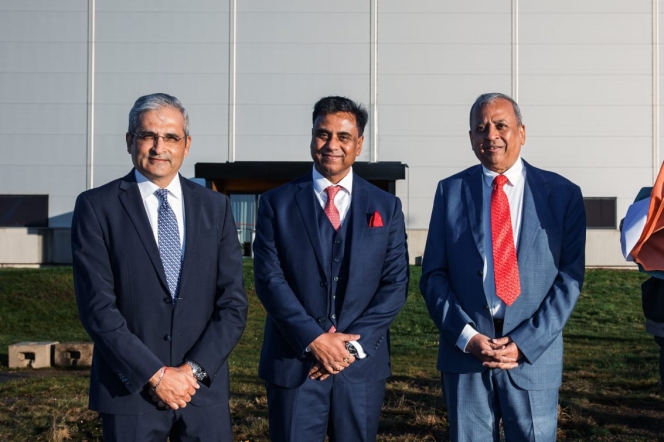
Tier 1 automotive supplier Tata AutoComp Systems has completed the acquisition of the assets of International Automotive Components Group Sweden (IAC Sweden), a European automotive component manufacturer specialising in interior and exterior systems. IAC Sweden has an annual turnover of approximately USD 800 million.
Under the Tata AutoComp Systems Group, the entity will operate as Artifex Systems.
This acquisition will strengthen Tata AutoComp’s presence in Europe and enhance its partnerships with key European OEMs across passenger and commercial vehicle segments. The integration combines design, engineering and system-level capabilities with manufacturing, precision painting and assembly expertise in the automotive space.
Arvind Goel, Vice-Chairman, Tata AutoComp Systems, said, “We are delighted to welcome IAC Sweden, now Artifex Systems AB, into the Tata AutoComp family. This transaction aligns with our long-term vision of strengthening our global presence and deepening our relationships with European OEMs. They have a rich legacy of delivering high-quality interior & exterior solutions, and together, we aim to build on that foundation. We have a well-defined plan to strengthen the Artifex brand by bringing together Artifex Systems AB, Artifex Slovakia, and Artifex Interior Systems under one cohesive and unified identity.”
Manoj Kolhatkar, MD & CEO, Tata AutoComp Systems, stated, “IAC Sweden, now Artifex Systems AB brings with it advanced manufacturing capabilities and a highly skilled workforce with deep expertise in automotive interior & exterior systems. Their strong commitment to quality complements Tata AutoComp’s focus on delivering value to global customers. We look forward to leveraging these strengths to enhance our competitiveness and expand our global footprint.”
Anders Ericson, Vice-President – Operations, Artifex Systems, said, "We are excited to begin this new chapter as part of the Tata AutoComp family, opening new opportunities for growth and collaboration. This marks a new phase of progress, bringing possibilities to strengthen our capabilities, expand our reach, and contribute to Tata AutoComp’s global vision."
Ambassador of India to Sweden, Anurag Bhushan, added, "I am pleased to see IAC Sweden, now Artifex Systems AB, becoming part of Tata AutoComp. I am confident that under Tata AutoComp, Artifex Systems will evolve and grow, driving economic growth in the region. This acquisition is also a reflection of the potentialities for collaboration between India and Sweden."
Jan Thesleff, Ambassador of Sweden to India, said, “The revitalisation of IAC Sweden (now Artifex Systems AB) by Tata AutoComp will ensure continuity for Swedish customers, safeguard employment, and strengthen manufacturing capability. We recognise the long-standing and strategic engagement of Tata AutoComp, a reputed company within the esteemed Tata Group, within Sweden’s industrial landscape. We welcome this development and value Tata AutoComp’s continued partnership in supporting the stability and growth of Sweden’s automotive ecosystem.”
Sven Ostberg, Consul General of Sweden in Mumbai, also added: “We are happy that IAC Sweden (now Artifex Systems AB) is now part of the Tata AutoComp Group. This development will help ensure the smooth functioning of the three plants, provide continued support for Swedish customers, and maintain continuity of employment, while further strengthening the resilience of Sweden’s automotive component ecosystem.”
Valeo Targets Tripling Sales In India To EUR 700 Million By 2028 Under Elevate 2028 Plan
- By MT Bureau
- November 20, 2025
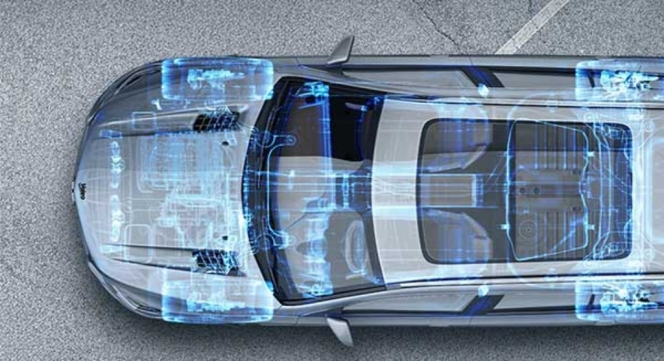
French tier 1 supplier Valeo has outlined its new financial trajectory, ‘Elevate 2028,’ focusing on financial strength and growth, with a specific emphasis on expanding market share in key geographies, including India.
The company sees India as a market undergoing a deep transformation, perfectly positioning Valeo to benefit from increasing demand for advanced features and the electrification of vehicles.
Valeo expects significant growth in its Indian market operations over the plan's duration. The company forecasts its sales in India will nearly triple from EUR 220 million in 2024 to approximately EUR 700 million in 2028.
Globally, the Elevate 2028 plan aims to steadily improve profit, generate higher cash, and return to sales growth. The plan is powered by three ‘engines’: steadily increasing profit from 2022, generating higher cash from 2025 and returning to sales growth from 2027.
Christophe Perillat, CEO, Valeo, said, “Since 2022, our Move Up plan has ensured that we are well positioned in terms of technology to succeed in the market and has laid the foundations for significant financial improvements, resulting in a steady improvement in Group profit and cash. As we embark on the next stage with our Elevate 2028 plan, we intend to capitalise on these achievements and to further improve our financial fundamentals. To do this, our plan will be powered by three engines. The first engine is a steady increase in profit. It started in 2022 and will carry on delivering. The second engine, generating higher levels of cash, has just been fired. 2025 represents a turning point in the evolution of our business model and confirms our ability to generate more cash. The third engine will be the return to growth. It will kick in in 2027, as our strong order book translates into sales."
Tsuyo Manufacturing To Build EV Powertrain Plant And Testing Track In Karnataka
- By MT Bureau
- November 20, 2025
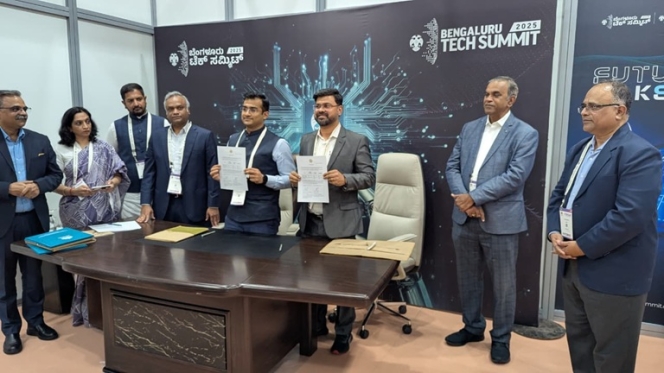
New Delhi-based EV powertrain startup Tsuyo Manufacturing has signed a Letter of Intent (LoI) with the Government of Karnataka to establish a new manufacturing plant and a large testing track for commercial vehicles in the state. The LoI was formalised at the Bengaluru Tech Summit 2025.
The new facility will focus on the design and production of heavy-duty EV powertrain systems for commercial and industrial applications. Key components to be developed and manufactured include: Electric Motors (across various topologies including IPMSM, ACIM, SRM, SynRM, and Axial Flux). E-Drives, E-Axles and Automatic Transmissions (AT), Integrated 2-in-1 and 3-in-1 Powertrain Solutions and Complete Powertrain Assemblies for heavy commercial EVs.
The facility will also include a dedicated Testing Track for the field testing and validation of buses, trucks, mining vehicles, and other heavy-duty EVs.
The plant's manufacturing capacity will range from 0.5 kW to 250 kW, with extended capability up to 600 kW through partnerships with CETL and LvKON.
The initiative is intended to strengthen India’s domestic manufacturing capabilities for high-performance EV powertrain systems, reducing reliance on imports. By producing motors, e-axles and integrated solutions, the facility will support the growth of India's commercial EV markets, including bus, truck and mining vehicles. The project is expected to create direct and indirect employment and boost industrial development in the state.
Vijay Kumar, Founder and CEO, Tsuyo Manufacturing, said, “This LoI marks a pivotal moment for Tsuyo and for the future of India’s EV ecosystem. Karnataka has always been at the forefront of innovation and advanced manufacturing, and we are proud to partner with the state to establish a facility that will redefine powertrain excellence for heavy commercial electric vehicles. With this investment, we aim to deliver world-class, reliable, and locally manufactured powertrain solutions that will power India’s transition to sustainable mobility.”
Priyank Kharge, Minister for Rural Development & Panchayat Raj, IT & Biotechnology, Government of Karnataka, said, “We are delighted that Tsuyo Manufacturing has decided to expand its Operations in Dharwad, Karnataka. Their decision reinforces our commitment to building a strong, local economy through LEAP (Local Economy Accelerator Program). This project will help building a sustainable ecosystem in the state and will attract more EV companies to come to our state - which is known for its Industry friendly policies and a dynamic EV ecosystem. This investment will not only create high-quality jobs in North Karnataka but also accelerate innovation and green mobility solutions for Karnataka and beyond.”



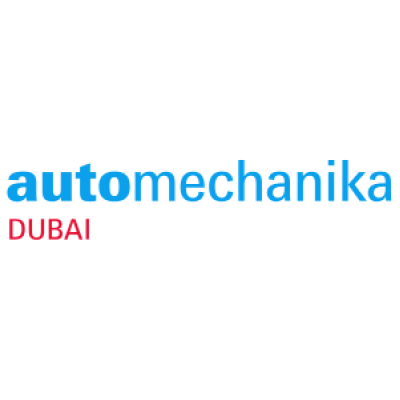


Comments (0)
ADD COMMENT